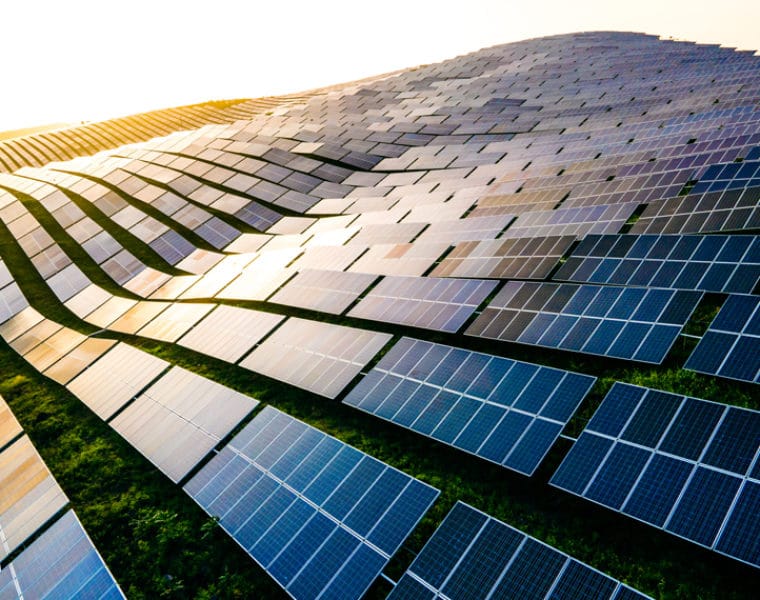Written by: Myselie Nguyen
To meet the world’s ever-increasing energy needs while achieving the targets of the Paris Agreement, there is no doubt that we have to find more energy from renewable energy sources. But if clean energy is to reach the end user, the transport of the energy also has to have a place on the agenda.
The power grid is the glue that binds the energy source and the end user together.
The largest renewable energy source in Norway is water. This has many benefits. It is stable and, with water reservoirs, it works almost like a battery – the energy can be saved until it is needed. But what happens as we move towards other renewable energy sources?
Renewable energy can present problems
Understanding all the challenges involved in the power grid when it comes to renewable energy sources almost requires a doctorate. For the sake of simplicity, let us highlight two examples:
- Power cannot be accumulated in the grid. When electricity is produced, it must be consumed. The big challenge with renewable energy sources, such as solar and wind, is the unpredictability of production. They do not have the same properties as hydropower – they lack the ‘battery storage’ that reservoirs provide for hydropower.
- Wind turbines and solar cells do not produce 50 Hz and 230 V and therefore have to be connected to the grid with the help of power electronics. The power electronics connected to the power grid create overharmonic oscillations in the grid, i.e. noise. This means that the more wind turbines and solar cells that are connected to the power grid, the more difficult it is to maintain good voltage quality.
How can problems on the grid be minimised?
Norway has a requirement for the grid to maintain a voltage level of 230 V and a frequency of 50 Hz. With so many variables – such as when, how much and where the power goes in the power grid – the grid can quickly become unstable.
However, it is not just the energy sources that are changing. Consumers have become both more advanced and more demanding. Today, more people produce their own energy using solar cells. They also have high capacity expectations. When an electric car is being charged, consumers want this to take place as quickly as possible and preferably using fast chargers.
Smart meters and other sensors will be able to work together to provide energy companies with enhanced insight. This, in turn, will help to maintain the excellent delivery quality that consumers have become used to.
More sensors and meters, more data
To minimise challenges, we must recognise the value of digitalising even more than we are currently doing! With increased digitalisation of the network, data on how much is consumed or produced, and where it flows in the network are at our fingertips. The underlying data makes it possible to ensure voltage quality and network stability.
Embriq’s services and solutions collect and display data which simplifies the basis for decision-making. Once large amounts of data have been collected in a single platform, power companies will be better equipped for the services of the future, including machine learning.
Digitalisation provides a better breeding ground for the future
Machine learning is still in its infancy. But it can accelerate quickly – and then it is important not to fall behind. By having a platform in place from the start, data can be collected and used as a basis for activating machine learning when the time is right.
Digitalisation is here. With systems that collect data, proactive choices can be made and companies can use them as an important part of further development. A simplified presentation of the data makes the long road to decisions-making shorter – and we all benefit from that.



